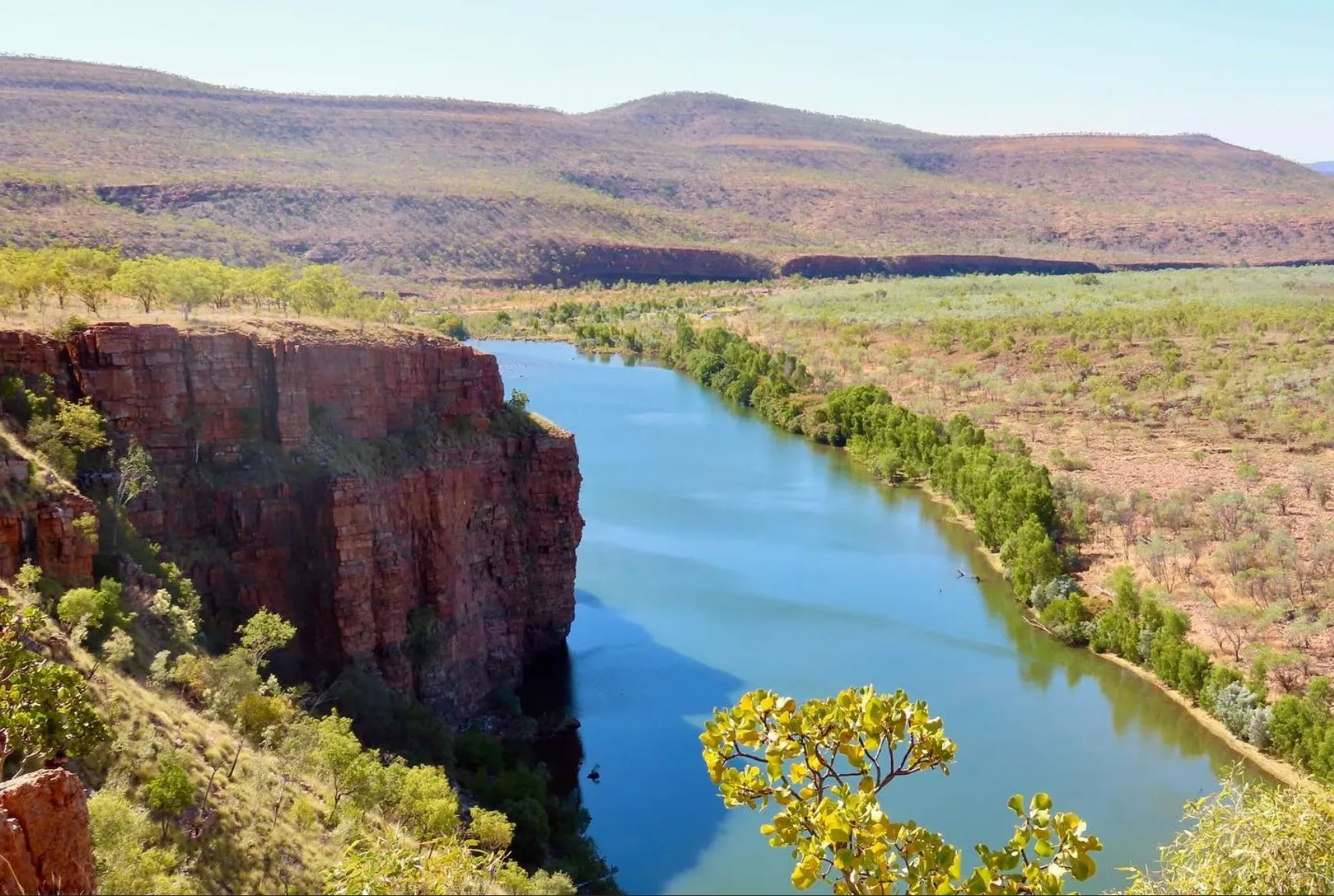Kakadu National Park in the Northern Territory is a place of amazing landscapes, incredible biodiversity and great cultural and historical significance. It’s nearly 20,000 square kilometres and not only a natural wonder but an internationally important area that has an intact landscape that Aboriginal people have shaped for 40,000 years. The park is a continuous record of ancient rock art, rock shelters and cultural landscapes that tell the story of a culture that’s been here for over 65,000 years. Through art, stories, and traditional practices, Kakadu gives us a glimpse into the life, beliefs, and connections that Aboriginal people have maintained to the country.
Kakadu is a living cultural landscape where you can walk on sites rich in rock art, archaeological records, sacred forms and ceremonial sites that carry cultural values from one generation to the next. Managed by Aboriginal traditional owners and Australian authorities Kakadu not only preserves the natural environment but also cultural sites like rock carvings and ceremonial grounds that are part of the cultural landscape.
A Landscape of Global Importance
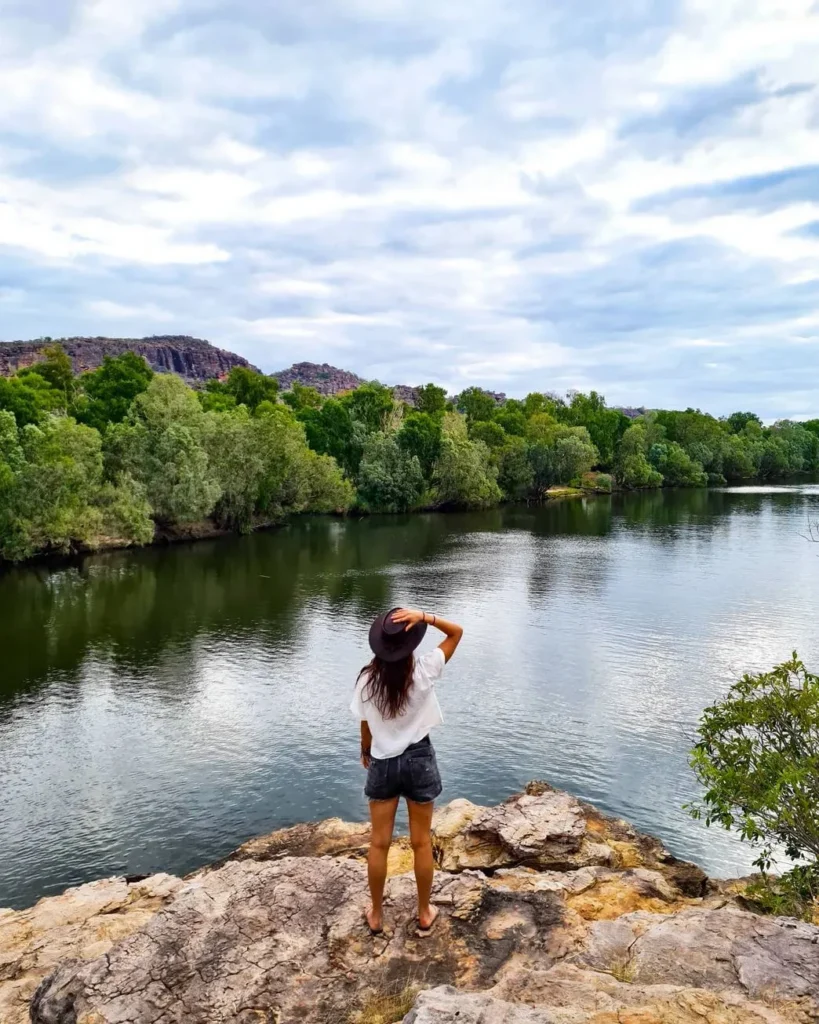
Kakadu’s landscape with the Arnhem Land escarpment is a mix of stone country, tidal flats, dynamic environments and wetlands that support a wide range of plant species, animal life and natural habitats. This ancient landscape has both cultural and natural values, making it a site of universal significance. Bininj/Mungguy have a deep connection to the country, an interwoven relationship between people, land and natural environment that is evident in their stories, rock paintings and care for the landscape. The abundance of water from the Alligator Rivers, Adelaide River and billabongs like Yellow Water Billabong makes Kakadu a haven for biodiversity and a breeding ground for species like the Asian water buffalo that are now invasive.
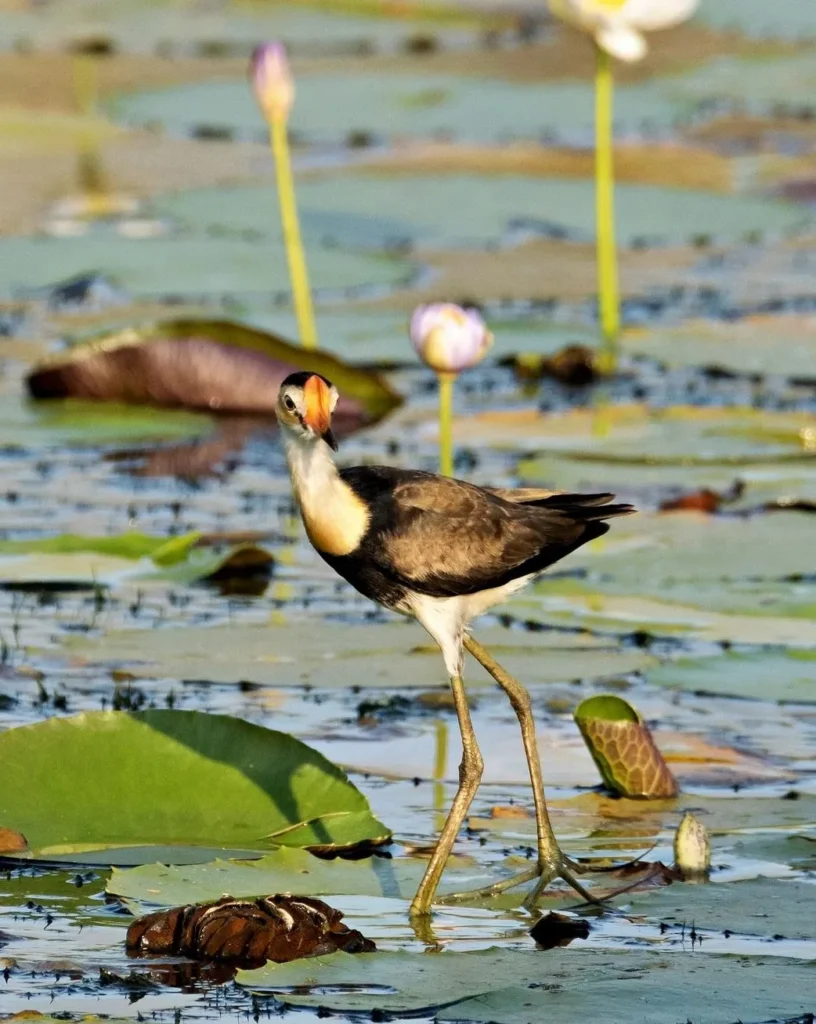
For the Bininj/Mungguy, Nourlangie Rock and other rock art sites are more than just historical records. They are sacred forms of communication and art that hold the spiritual connection and cultural significance of this country. The park’s cultural sites are burial grounds, paintings of creation ancestors, animals and daily life activities and give us a glimpse into the spiritual identity and cultural development of the Aboriginal people.
Saving an Old Culture
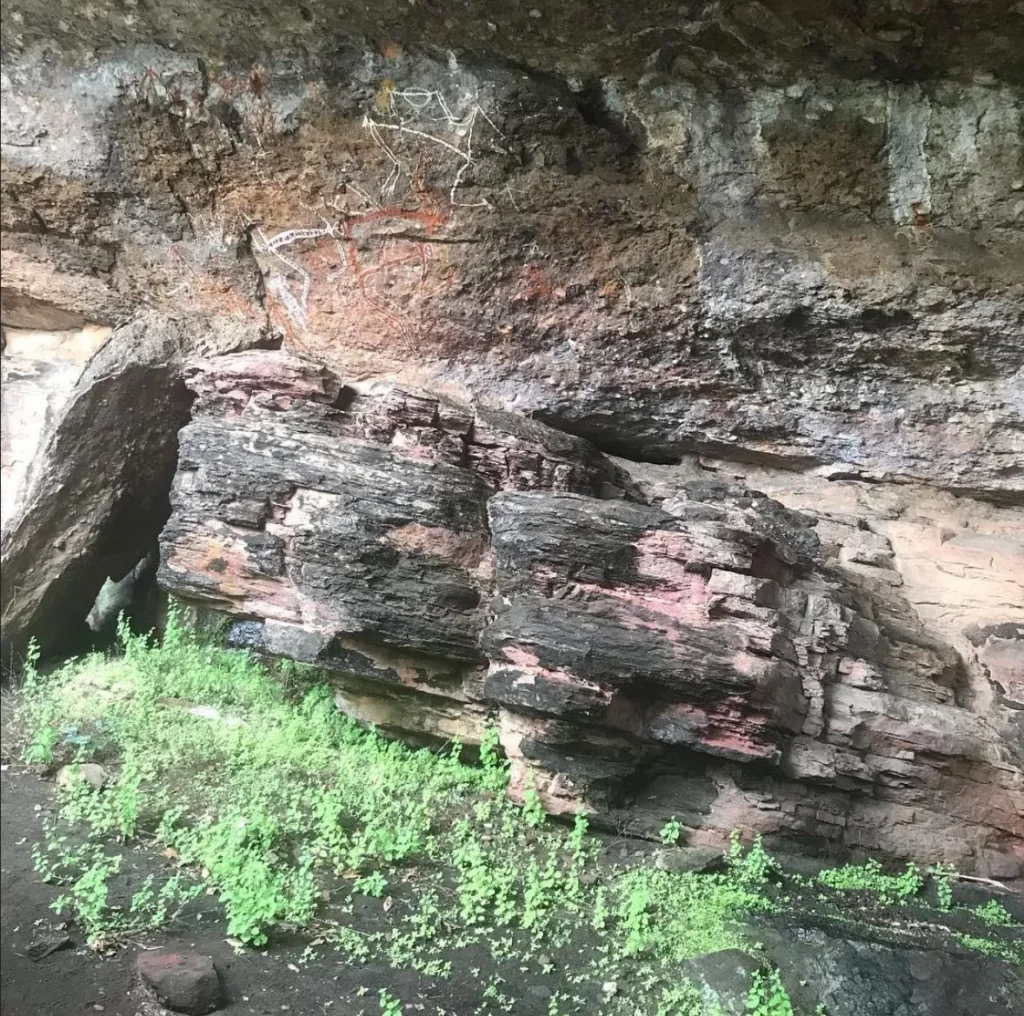
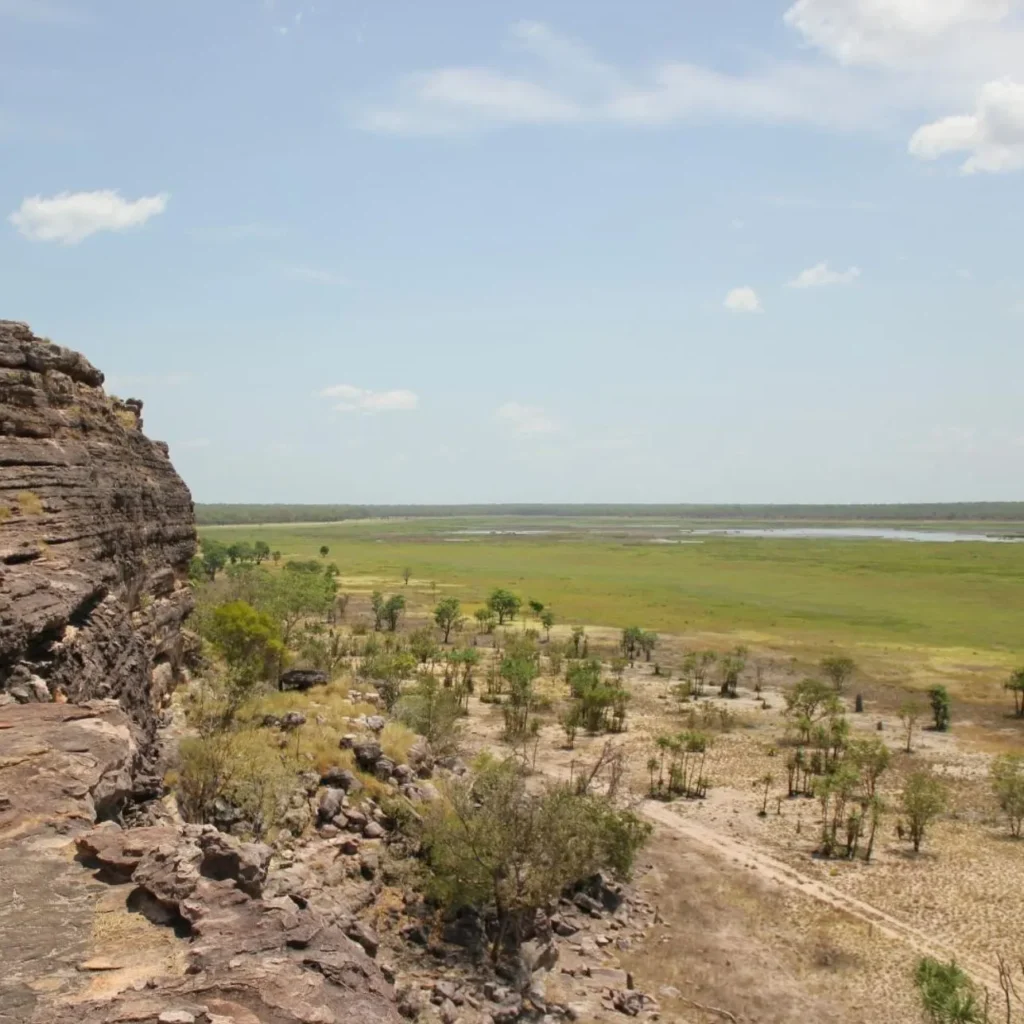
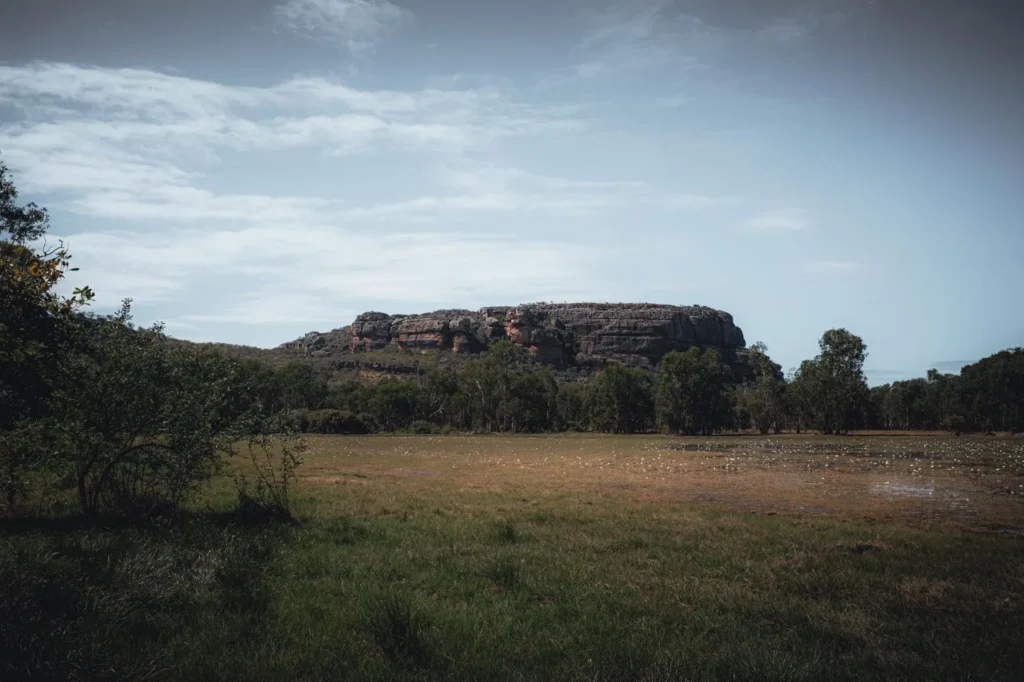
Kakadu has the oldest and most rock art in the world, with art spanning over 20,000 years. Each one is a piece of Aboriginal history, from daily life to spiritual beliefs, even after European settlement. Rock art sites like Ubirr and Nourlangie Rock where the rock art is concentrated have animals, creation ancestors and stories about the land. These old rock paintings show the Bininj/Mungguy connection to country and culture today.
- Ubirr: Near the East Alligator River, Ubirr has rock paintings of animals like barramundi and Tasmanian tiger, Aboriginal life and mythology. Some artworks are ancestors, representing strong cultural identity of the Indigenous people.
- Nourlangie Rock: Namarrgon, the Lightning Man, is painted here. Nourlangie Rock is a sacred site. Here you can see how Indigenous culture combines naturalistic and spiritual elements and shows respect for the land and the seasons.
- Anbangbang Billabong: In the stone country, Anbangbang Billabong is surrounded by rock shelters with naturalistic paintings of animals like the Black Wallaroo, important to the local communities. The artwork here shows cultural identity, nature’s abundance and the park’s intactness.
Aboriginal Legends and Creation Stories
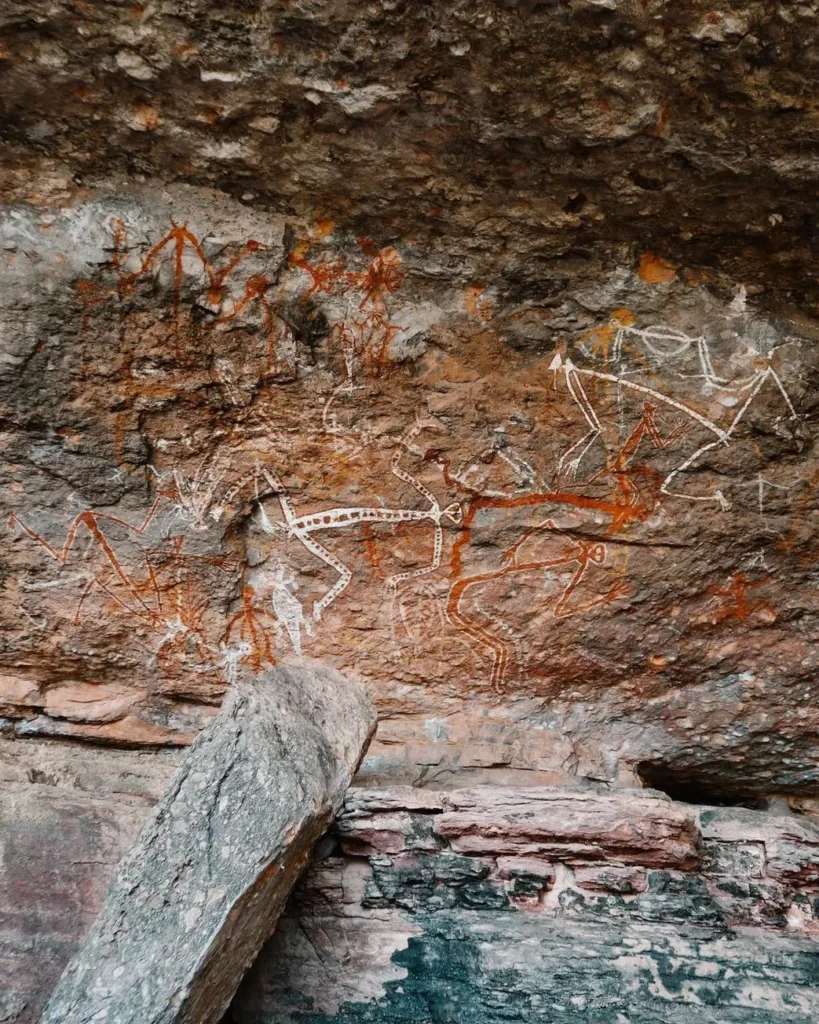
Kakadu’s Aboriginal legends tell a story of creation stories that link to the land and the park’s geology. These stories have been passed down through generations and are the oral history and language of the land.
- Rainbow Serpent (Ngalyod): In Aboriginal spirituality the Rainbow Serpent is a powerful creation ancestor who shaped the Arnhem Land escarpment, waterways and habitats in Kakadu. This mythological being is often depicted in rock art and is associated with the wet season and water. The Rainbow Serpent is part of the cultural landscape, creation and destruction, the cycles of life in this country.
- Namarrgon, the Lightning Man: Painted with lightning bolts around his body, Namarrgon is the tropical summer and the storms of the wet season. He is in the cultural sites in the park, like Nourlangie Rock, where he is the guardian and force of nature.
- Creation Ancestors and Spiritual Beings: Other creation ancestors, who are painted at various rock art sites, travelled across the Kakadu landscape and created the mountains, rivers and animals in this country. They are the guardians and enforcers of cultural values, the link between past and present.
Archaeological Record and History
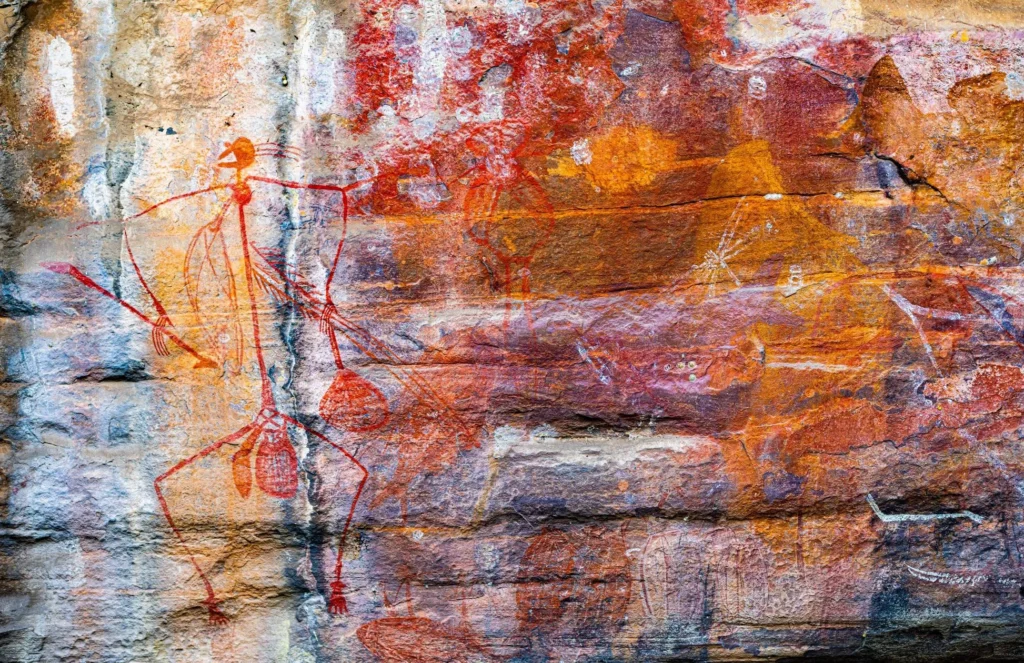
Kakadu’s sites go back 65,000 years and give us a window into the lives and practices of Aboriginal people. These historical records in rock shelters and burial grounds tell the story from the first people to this land to the arrival of non-Aboriginal people in the 19th century. Through these sites we can see cultural identity, social change and the impact of European contact on Aboriginal life.
- Contact Art and European Influence: Many of Kakadu’s rock art sites have paintings of early contact with Europeans, sailing ships, horses and even guns. This contact art shows the transition period of Kakadu’s Indigenous culture as it adapted to the arrival of European settlers and new ways of life.
- Timeframe of Rock Art: From creation ancestors to white settlement, the timeframe of rock art in Kakadu marks significant events in Aboriginal history. It records everything from environmental change (sea-level rise) to the introduction of invasive species through European settlement.
- Cultural Sites and Sacred Forms: Gunlom Falls and Twin Falls are not just geological features but cultural sites. They show the park’s naturalistic paintings, rock carvings and sacred forms of communication that link the past to the present.
Natural and Cultural Values
Kakadu’s natural and cultural values make it a UNESCO World Heritage site. The park has many habitats – stone country to tidal flats – each with endemic plants and animals that contribute to the region’s biodiversity and cultural heritage. Community centres like the Bowali Visitor Centre and Warradjan Cultural Centre give visitors the chance to learn about the relationship between Kakadu’s natural and cultural landscape, with exhibits on plant species, termite mounds and the dynamic environments that shape this land.
Historical Sites Tips
- Follow Cultural Protocols: Aboriginal rock art sites are very important to the traditional owners so please be respectful. Don’t touch the art, follow the photography rules and stay on the designated paths.
- Learn from Centre Staff and Guides: Guided 2 day Kakadu tours, often led by Centre staff or traditional custodians, will give you a deeper understanding of Kakadu’s history, cultural values and connection to the land. Visit community centres like Marrawuddi Arts & Culture to get up close to the art and sacred sites within the park.
- Plan for the Right Time: The dry season (May to October) is the best time to visit Kakadu as some rock shelters and cultural sites are closed during the wet season due to flooding.
- Wildlife and Landscapes: From the Yellow Water Billabong to the Mary River floodplains, Kakadu is full of wildlife, water buffalo, bird life and Black Wallaroo. Summer brings out the colours and the termite mounds throughout the park are natural wonders.
Visiting Kakadu National Park is to step into the ancient heritage of the Aboriginal people, to see incredible rock art and to experience the cultural and natural landscapes of this part of Australia.
FAQ
What is the significance of Kakadu’s rock art?
Kakadu’s rock art is one of the oldest records of Aboriginal life, it covers everything from daily life to spiritual connections. The art shows creation ancestors, animal species and European contact, it’s a cultural and historical archive.
How do Aboriginal communities use Kakadu today?
Aboriginal communities are still connected to Kakadu, practising cultural traditions, managing the land and sharing stories with visitors. Community centres and guided Kakadu tours will give you a insight into the traditional owners’ ongoing relationship with the land.
When is the best time to visit Kakadu for cultural experiences?
The dry season is the best time to visit Kakadu’s cultural sites. This is when the conditions are more suitable for travel and many of the rock art sites and community events are open to visitors.
How has European settlement impacted Kakadu’s history?
European settlement brought new species and big changes to the Kakadu landscape. The impact of white settlement is recorded in contact art at various sites. It shows the cultural adaptations and challenges faced by the Indigenous communities.
What is the role of cultural centres in Kakadu?
Cultural centres like Bowali Visitor Centre and Warradjan Cultural Centre are the heart of education for visitors to Kakadu’s cultural landscape. They have exhibits on Aboriginal history, traditional art forms and ecological conservation, linking the past to the present for everyone who visits.
